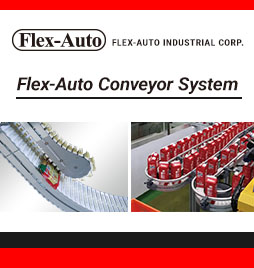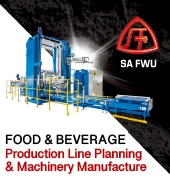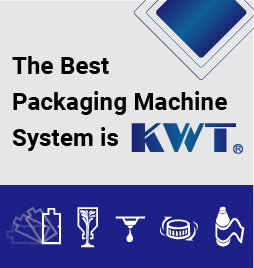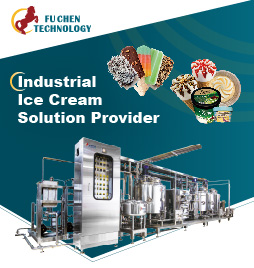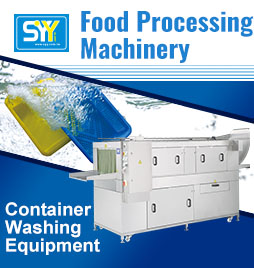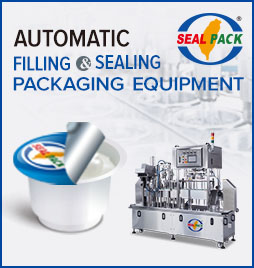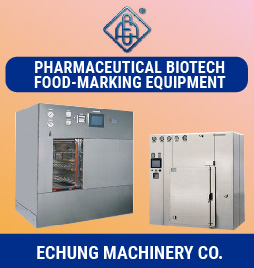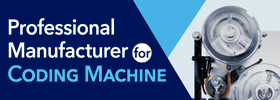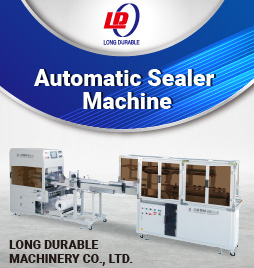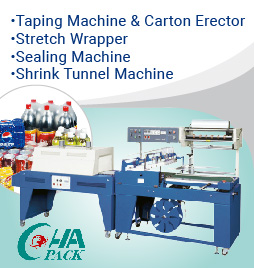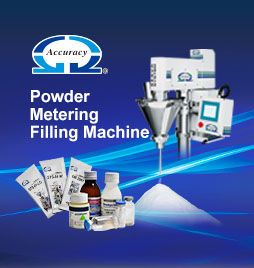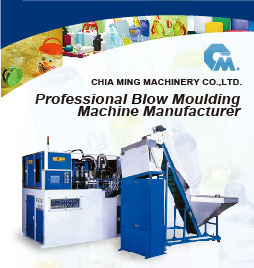MANUFACTURING PROCEDURES
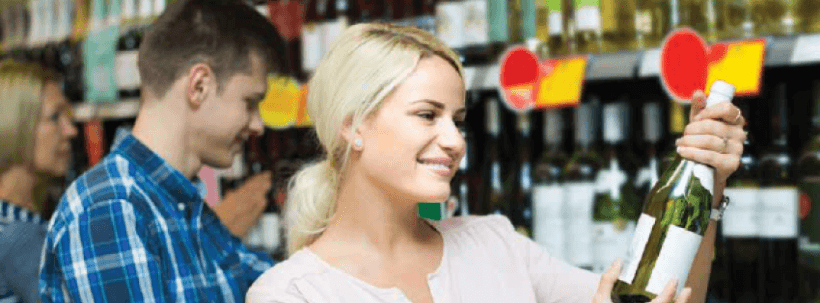
The beverage sector needs to "kill two birds with one stone." On the one hand, consumers expect personalized, functional and ecological packaging, while on the other they take into account the care of the planet. The sector gets better and better with new packaging concepts and an efficient production technique. l Sebastian Pflügge*
* Department at Interpack, Packaging and Processing Press / [email protected]
Nowadays, the packaging sector needs to satisfy the consumer demand. On the one hand, buyers expect customized design packaging, preferably with additional features, while on the other hand beverage consumers are thinking more and more about ecology, and want to protect resources, and that the packaging is ecologically made.
The detail of giving the hosts just a bottle of champagne or wine as a small gift is outdated. The new trend in gift packaging is to give something complete and awaken emotions with new materials and improvements. Companies in this segment develop cardboard boxes and boxes, baskets, wooden boxes, decorative items and bags to give gifts a special effect.
That is, wine and champagne bottles can be presented in exclusive gift cassettes with touch and authentic wood appearance. Or there are attractive additional features integrated in the packaging. For example, a small lamp shade with which the empty bottle can easily be transformed into a decorative table lamp, since exclusivity and variety are the success in gift packaging.
What can be applied in this segment of packaging can also move to the market of beverages in general: wine, champagne or beer alone in normal bottles cannot excite consumers. Therefore, the variety of alcoholic, combined and flavored beverages, which are also sold in bottles with original designs, is so great that the consumer can afford to be difficult to satisfy.
If you want to convince consumers, it is necessary to highlight the products of the rest at first sight. "The aesthetic and with it, the emotion are placed more and more in the foreground, and are playing more decisive role in the consumption of the products. In a complex world, it is important to let the stomach and not the head decide, since this saves time," says Andreas Steinle of the Zukunftsinstitut, a factory of ideas for the investigation of tendencies and the future.
The maintendency is individuality and differentiation
For example, the evian mineral water brand, distributed by Danone Waters, makes an immense effort to highlight the product’s exclusivity. In its plastic bottles with an exclusive design, it uses the new technology "Nature MultiPack," an innovation in the field of packaging that links individual PET bottles through the use of specific adhesives, so that they are individually aligned and then can be separated without problems.
Moreover and concerning the design, Danone continues unusual ways: for the ninth time since 2008, evian launches a limited edition, in which water bottles are designed by well-known fashion designers. In 2016, it was the turn of the American fashion designer Alexander Wang, who took the barcode as the theme for packaging and transferred it to the glass bottles by means of white and black bars. The spaces between the bars and the purist design should visualize the natural purity of evian.
But not only the exclusive brands are using individuality and differentiation. Beverage manufacturers increasingly use returnable 0.5-liter bottles for their mineral waters and soft drinks to reach even the smallest households, or they offer their product in artistically designed bottles to enter the high segment of the restoration.
The packaging of original designs have advantages, but also disadvantages. The more individual and versatile the products’ packaging is, the more laborious and expensive their production is. Higher manufacturing costs are passed on to customers in the form of higher prices, a situation frequently criticized by consumer associations.
In addition, laborious manufacturing procedures and non-returnable bottles contaminate the environment. To reduce pollution, some countries have set ambitious targets for the return of packaging. For example, Germany wants to reach 80%, however, the quota has dropped from two thirds to 45% instead since 2004. At the same time, the amount of waste from non-returnable beverages packaging has since increased by about 30%.
The causes of the boom of non-returnable packaging are the merchants and manufacturers. In the mineral water sector, there are price wars in beverages and supermarket establishments, but the special offers only work with non-returnable bottles, since the collection, cleaning and refilling of the plastic bottles are laborious. Therefore and among other things, politicians propose to agree on the payment of a deposit on the non-returnable bottles in the form of an ecological tax, and to extend the obligation of the deposit to juices and nectars.
Demand for a technique of resource-saving packaging
Moreover, packaging manufacturers are subject to this obligation. On the one hand, they must achieve an effective presentation of the packaging and be comfortable for users, while on the other they have to save raw materials and cause less pollution of the environment. In this way, the requirements for packaging machines also increase. A responsible treatment of natural resources and an ecological conscience are very important for the manufacturers of feeding machines and packaging machines. They know that sustainable production processes are very important for their customers, says Vera Fritsche, person in charge at VDMA, the Technical Association of Packaging and Packaging Machines.
The technique of intelligent control and automation, the drives, compressors, fans or thrifty pumps were among the classic solutions to save current and production means, and increase the energy efficiency. The efficient motors, which are optimally adapted to the movements and acceleration processes in the machines, reduce the current consumption. In addition, innovative and optimized processes decrease the energy and water consumption, the concepts of innovative machine extended the service and maintenance intervals, as well as service dimming, and thus energy was saved, said to Fritsche.
Upcycling—a second life for packaging
Environmental protection has become a decisive factor in the beverage sector, and can even be used for profit, as exemplified by the smoothie maker True Fruits. Unlike many other producers, it does not pack its beverages in plastic bottles, but in 250-ml and 750-ml cylindrical glass bottles printed in ceramic, so as to transmit the design of the required values, such as honesty, purity, high value and transparency.
In order that the bottles do not simply stop at the glass container when they are empty, the True Fruits team has thought about how to reuse them. They found the solution in the so-called Upcycling, where the object after use is used as a basis for a new product. True Fruits created supplements that can be easily placed on empty bottles: until now, the company offers permanent caps to convert the containers into a sugar bowl, salt shaker, an oil, cruet or sauce boat, or a filter for tea. A combination of vitamins, originality and sustainability clearly pleases customers, as True Fruits is one of the leaders on the smoothie market.
Another focus of organic beverage packaging is bioplastic. Last year, Coca-Cola introduced the new generation of "PlantBottleTM", made 100% of reusable raw materials, and announced an immediate introduction to the market.
The bio-based materials of the so-called "First Generation" must be manufactured in the long run from biomass, for example, from wood waste. In a research project, scientists at the University of Hohenheim are testing another promising natural raw material for bottles—the tuberous roots of endives, which until now were used to generate biogas. The non-consumable tuberous root accounts for 30% of the plant. The researchers obtain hydroxymethylfurfural (HMF) without depurifying, which can be used to make the so-called PEF bottles.

